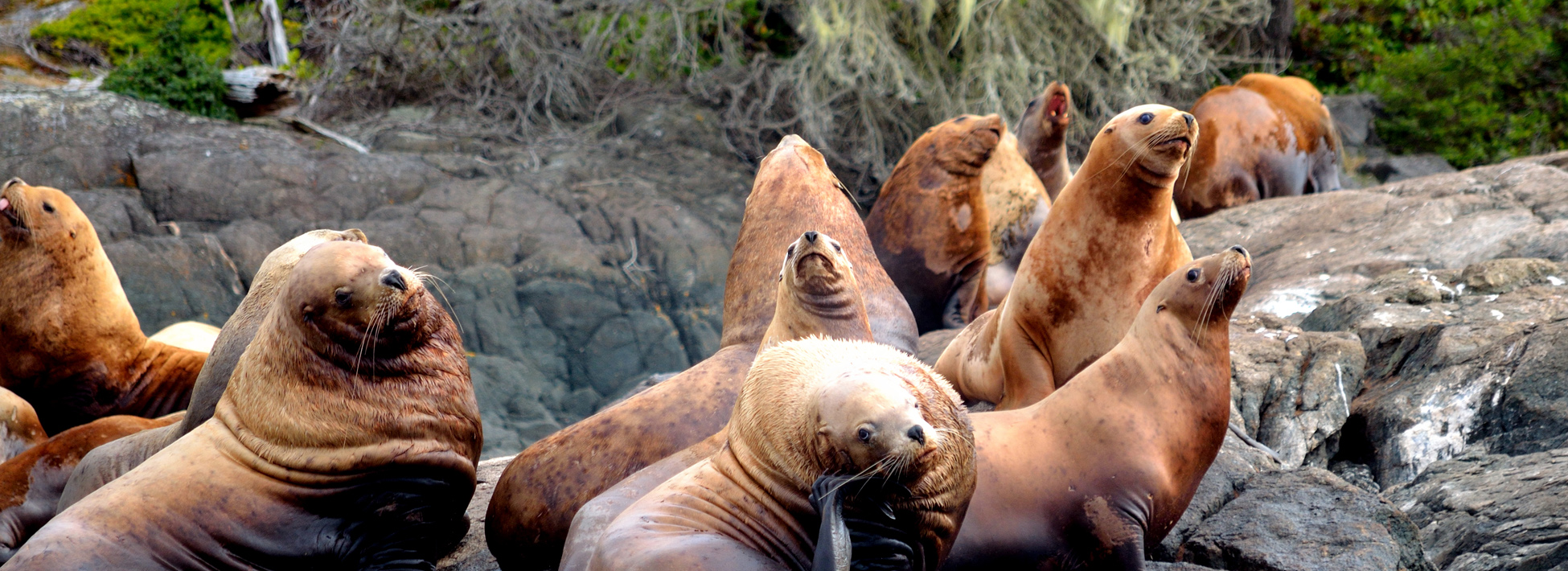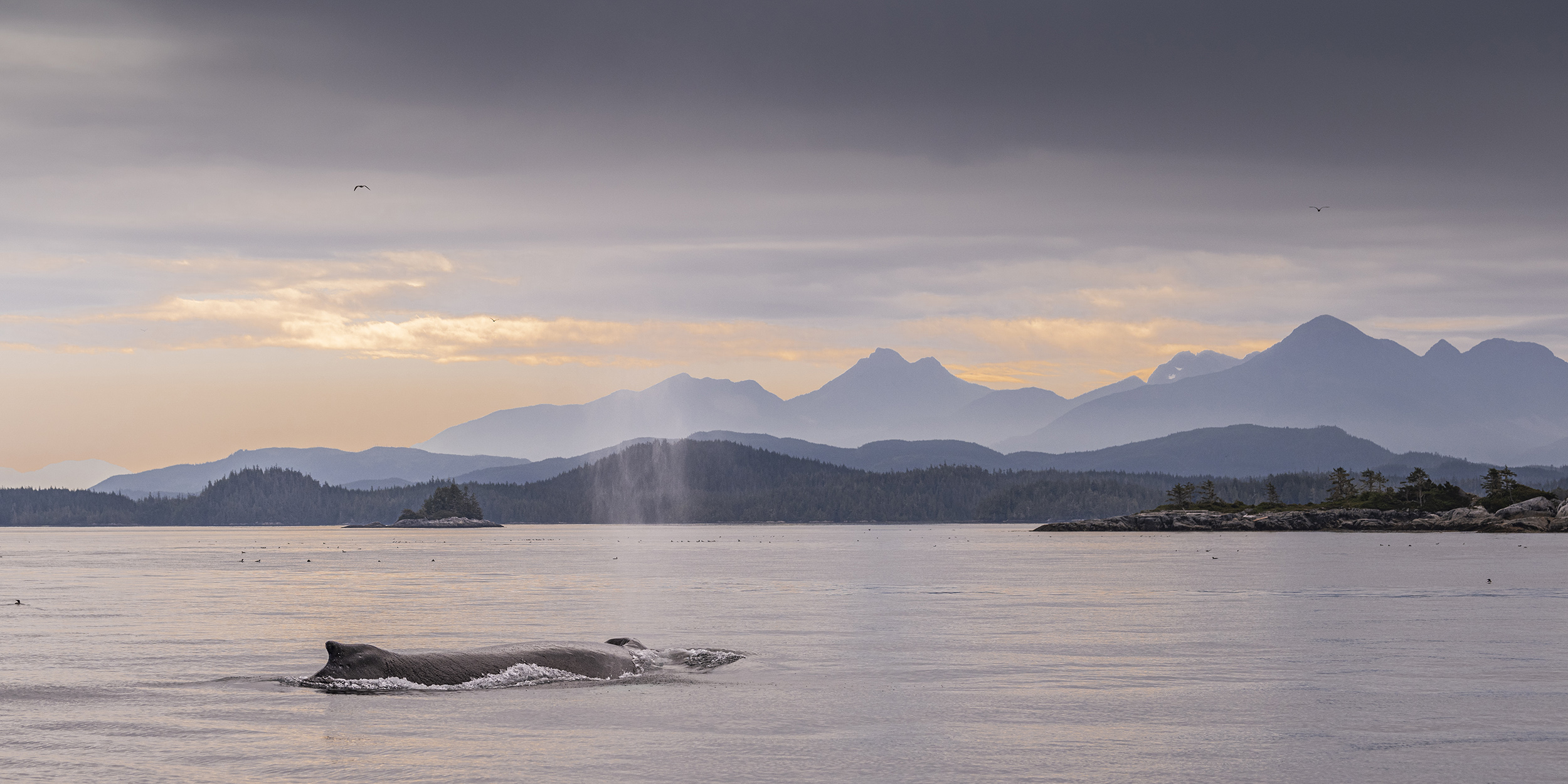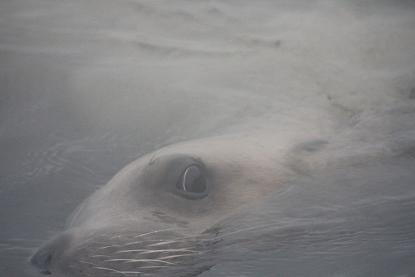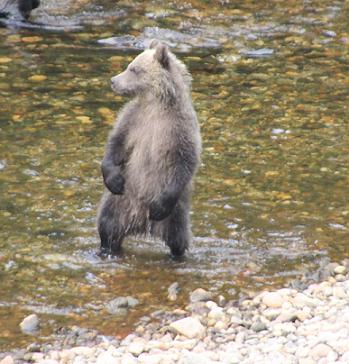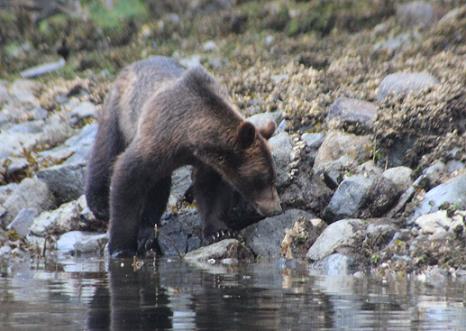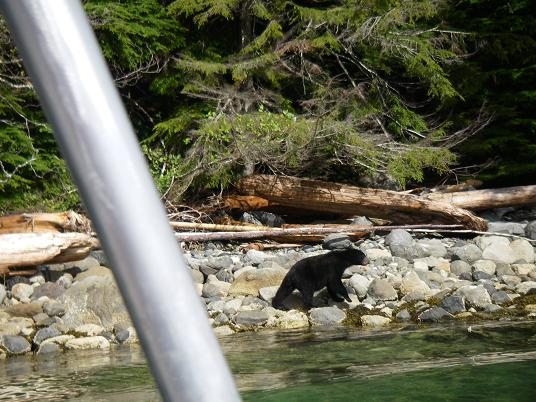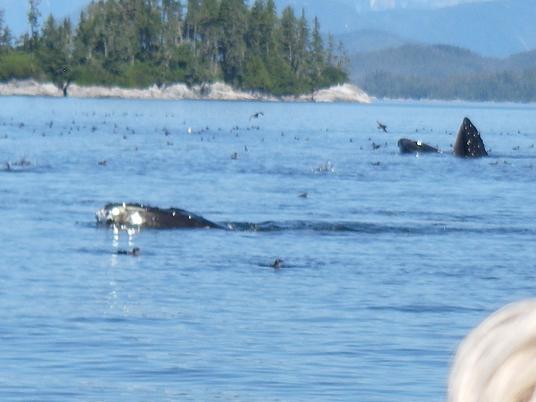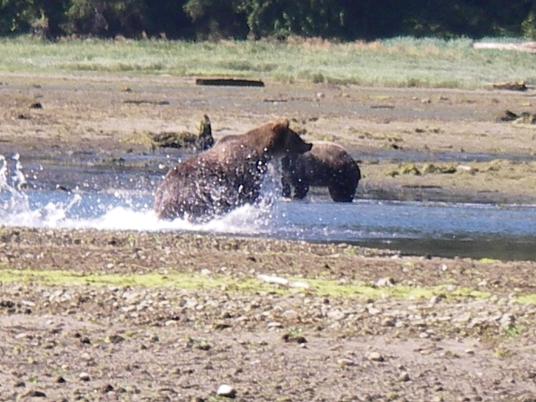This is probably as close as one needs to get to a steller sea lion. The sea lions migrate between California and Alaska. Traveling north in the spring (June) and back south in the fall (September) although for the past several years there have been several dozen sea lions that stay in the area all year. On this day we had stopped to watch a humpback whale feeding in Weynton Pass when this Sealion visited us. And by visited I mean it came right up to the edge of the boat as if to ask: “What are you doing?”
